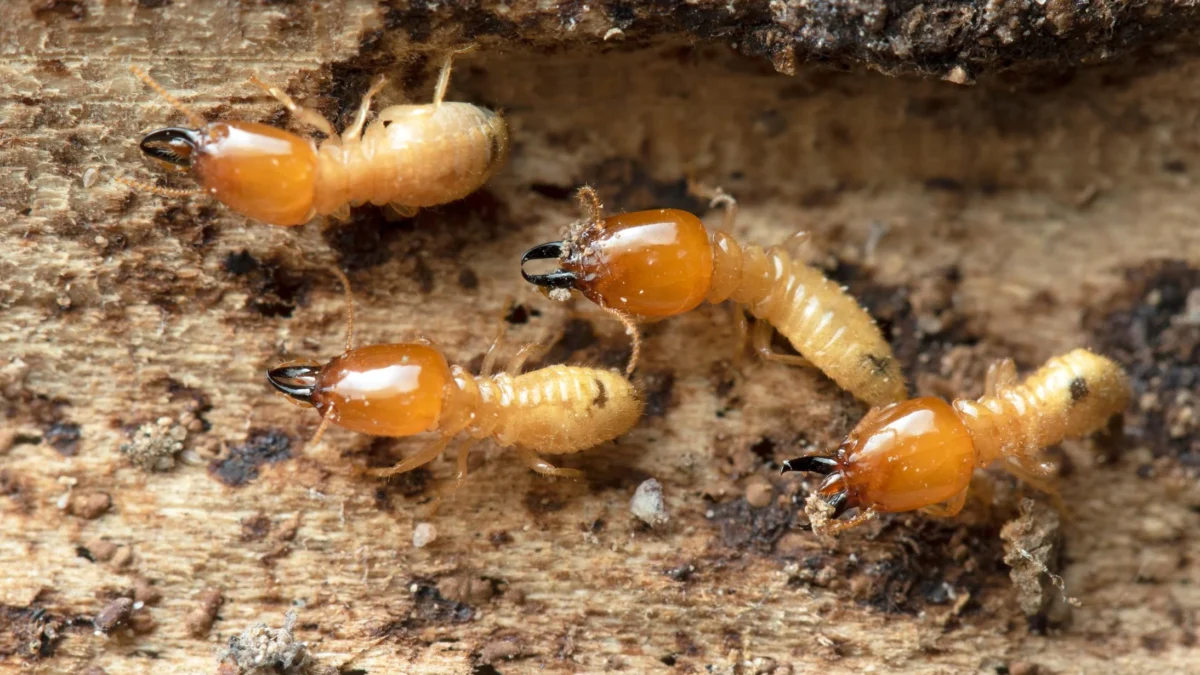Termites are often referred to as silent destroyers, and for good reason. These tiny pests can wreak havoc on your property, causing extensive damage to wooden structures and potentially leading to costly repairs. However, with the correct termite solutions, you can protect your home or business from these insidious invaders. This article will explore the different termite treatment options and provide tips for preventing infestations.
Understanding Termite Behavior
Before delving into termite solutions, it’s essential to understand the behavior of these pests. Termites are social insects that live in colonies and feed on cellulose-based materials, such as wood. They work silently and stealthily, often undetected until significant damage has already been done. There are several types of termites, including subterranean termites, drywood termites, and dampwood termites, each with its own characteristics and preferred habitat.
Termite Solutions: Treatment Options
Chemical Treatments: Chemical treatments involve the application of liquid termiticides or baits to the soil around the property’s perimeter or directly to infested areas. These treatments create a barrier that repels or kills termites upon contact. When applied by trained professionals, chemical treatments effectively eradicate termite colonies and prevent future infestations.
Baiting Systems: Termite baiting systems strategically place bait stations around the property. The bait contains substances attractive to termites, such as cellulose or growth inhibitors. Once termites consume the bait, they carry it back to the colony, ultimately eradicating it. Baiting systems are an environmentally friendly alternative to traditional chemical treatments and can provide long-term protection against termites.
Physical Barriers: Physical barriers, such as metal mesh or sand particles, can be installed during construction to prevent termites from gaining access to the structure. These barriers create a barrier that termites cannot penetrate, effectively preventing infestations. Physical barriers are particularly effective in areas prone to termite activity and can complement other termite control measures.
Fumigation: In severe termite infestations, fumigation may be necessary to eliminate the pests. Fumigation involves the release of toxic gases into the structure, effectively killing termites within the treated area. While fumigation is highly effective, it requires vacating the property for some time and should only be conducted by licensed professionals.
Preventing Termite Infestations
In addition to implementing termite solutions, there are several proactive measures you can take to prevent termite infestations:
Regular Inspections: Schedule regular inspections by qualified pest control professionals to detect early signs of termite activity and address any issues promptly.
Reduce Moisture: Termites are attracted to moisture, so it’s essential to fix any leaky pipes, maintain proper drainage around the property, and ensure adequate ventilation in crawl spaces.
Remove Wood-to-Soil Contact: Termites access structures through direct contact with soil or wooden elements. Minimize wood-to-soil contact by using pressure-treated wood and keeping firewood, mulch, and other cellulose materials away from the foundation.
Seal Entry Points: Seal cracks, snake control, crevices, and other potential entry points around doors, windows, and utility penetrations to prevent termites from gaining access to the structure.
Conclusion
By combining termite solutions and preventative measures, you can safeguard your property against termite damage and enjoy peace of mind, knowing that your investment is protected. Don’t wait until it’s too late—take proactive steps today to defend your home or business from these silent invaders.

